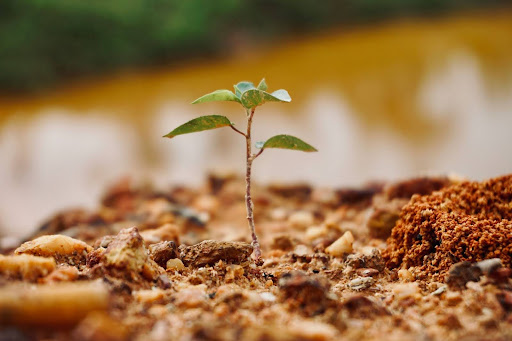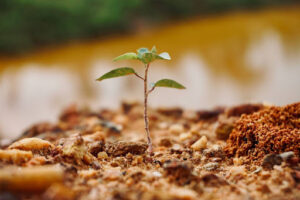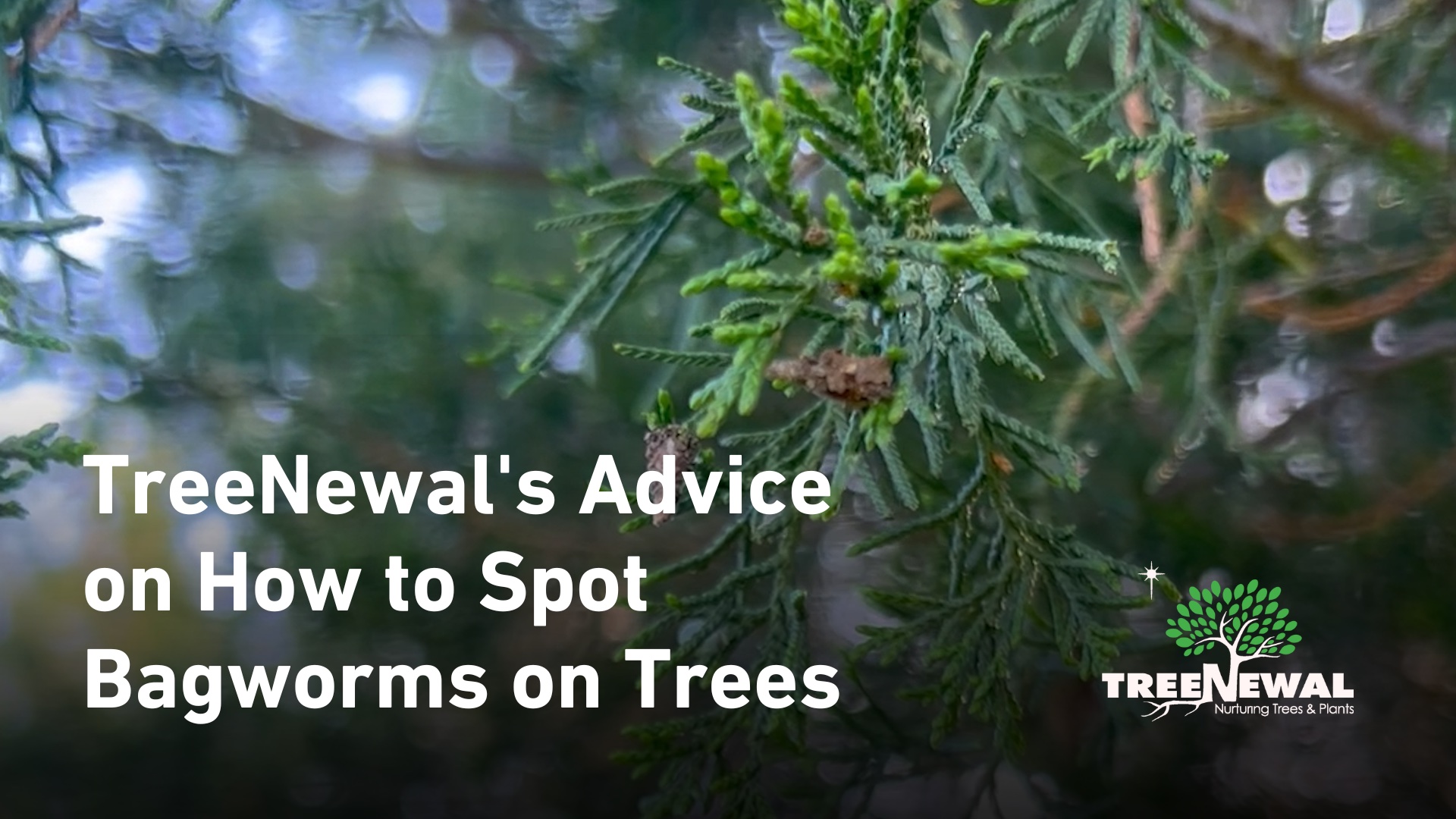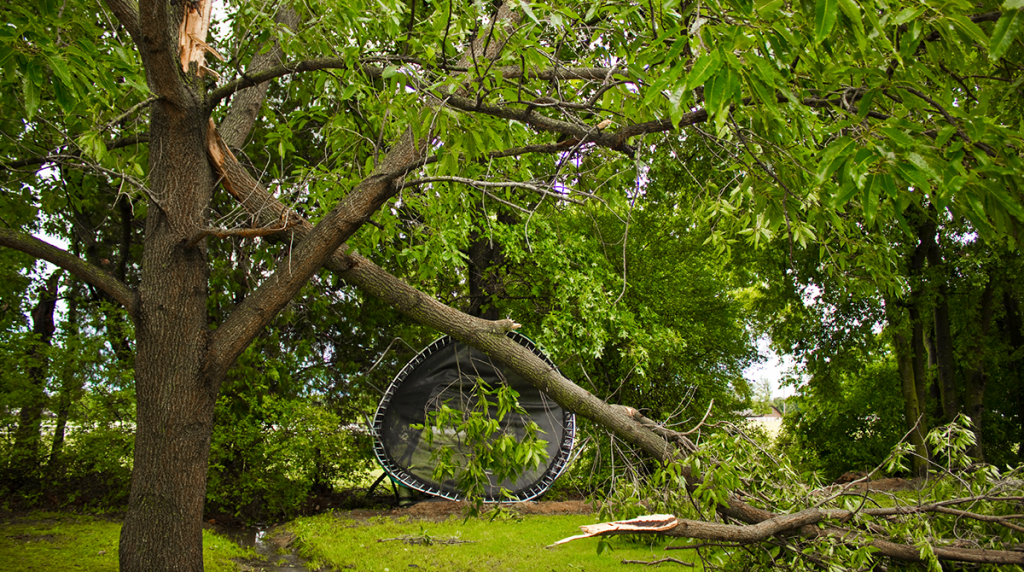
Date December 11, 2023
Argyle, a region known for its verdant landscapes and diverse tree species, faces the ongoing challenge of adapting to changing climate conditions. Enhancing tree resilience is crucial for maintaining the health and beauty of these natural assets. This guide provides comprehensive strategies to promote tree resilience in Argyle, ensuring that our trees can thrive even in the face of environmental changes. TreeNewal is committed to help Argyle’s trees to be the most resilient that they can be.
Understanding the Importance of Tree Resilience
Tree resilience refers to the ability of trees to adapt, survive, and thrive in changing environmental conditions. This resilience is vital for:
- Ecosystem Balance: Trees play a crucial role in maintaining ecological balance, providing habitats, and supporting biodiversity.
- Climate Regulation: Trees are pivotal in regulating local climates, offering shade, and contributing to carbon sequestration.
- Community Well-being: Healthy trees enhance the aesthetic appeal of our surroundings and contribute to the overall well-being of community members.
Factors Affecting Tree Resilience in Argyle
Several factors can impact the resilience of trees, particularly in the context of changing climates:
- Extreme Weather Conditions: Increased occurrences of droughts, floods, and storms can stress and damage trees.
- Temperature Fluctuations: Unusual temperature highs and lows can affect tree growth and survival.
- Pest and Disease Outbreaks: Climate change can lead to the spread of new pests and diseases, posing a threat to tree health.
- Soil Conditions: Changes in soil moisture and composition can impact nutrient availability and root health.
Strategies to Enhance Tree Resilience
Implementing the following strategies can significantly improve tree resilience in Argyle:
1. Choosing Climate-Resilient Tree Species
- Research Local Species: Focus on species that are naturally adapted to Argyle’s climate and soil conditions.
- Diversify Species Selection: Plant a variety of trees to reduce the risk of widespread damage from pests or diseases.
- Consider Non-Native Resilient Species: Introduce non-native species that are known for their resilience to changing climate conditions, ensuring they are not invasive.
2. Proper Tree Planting and Establishment
- Right Tree, Right Place: Ensure that each tree is planted in a location suitable for its specific needs in terms of sunlight, soil type, and space.
- Planting Depth and Technique: Plant trees at the correct depth and use proper techniques to encourage strong root development.
- Early Care and Watering: Provide newly planted trees with adequate water and care during their critical establishment phase.

3. Regular Maintenance and Health Monitoring
- Pruning: Regular pruning helps maintain tree structure, remove diseased or damaged limbs, and promote healthy growth.
- Soil Care: Maintain soil health through mulching, proper irrigation, and occasional testing to adjust for nutrient deficiencies.
- Pest and Disease Management: Regular inspections and proactive management can prevent major outbreaks and damage.
4. Implementing Water-Smart Practices
- Drought-Tolerant Landscaping: Use xeriscaping principles to reduce water demand and support tree growth during dry spells.
- Efficient Irrigation Systems: Employ drip irrigation or soaker hoses to provide deep watering that benefits tree roots directly.
- Rainwater Harvesting: Collect rainwater for use in watering trees, reducing reliance on municipal water sources.
5. Fostering Community Involvement and Education
- Community Engagement: Encourage community participation in tree planting and care initiatives.
- Educational Programs: Offer workshops and resources on tree care and the importance of tree resilience in the face of climate change.
- Collaboration with Local Experts: Work with local arborists, environmentalists, and universities to stay informed about best practices and emerging threats.
Monitoring and Adapting to Changes
Ongoing monitoring and adaptation are key to ensuring long-term tree resilience:
- Climate Change Adaptation Plans: Develop and implement plans that address the specific challenges posed by climate change in Argyle.
- Regular Tree Health Assessments: Conduct periodic assessments to monitor tree health and identify any emerging issues.
- Adaptation to Emerging Threats: Stay informed about new pests, diseases, or environmental stressors and adapt management practices accordingly.
Conclusion
Enhancing tree resilience in Argyle is a vital step towards safeguarding our natural landscapes and ecosystems in the face of changing climates. By selecting resilient tree species, ensuring proper planting and care, and engaging the community in these efforts, we can ensure that Argyle’s trees continue to thrive and provide their essential benefits for generations to come. Embracing these strategies will not only bolster the health of our trees but also strengthen the overall resilience of our environment and community.
Don’t leave your trees vulnerable to the whims of nature. Partner with TreeNewal for comprehensive care that builds resilience and promotes the long-term health of your trees. Let’s work together to protect and nurture your green assets in Argyle, ensuring they remain a robust and beautiful part of our community for years to come. Reach out to TreeNewal today and take a proactive step towards resilient, thriving trees!








